Something fundamental has shifted in how Americans think about clothing. Walk into any trendy neighborhood in Brooklyn, Los Angeles, or Austin, and you’ll notice something interesting. The most stylish people aren’t wearing the latest collections. They’re wearing pieces that predate Instagram, sometimes by decades.
This is archive fashion, and it’s rewriting the rules of what makes clothing valuable.
What is Archive Fashion?
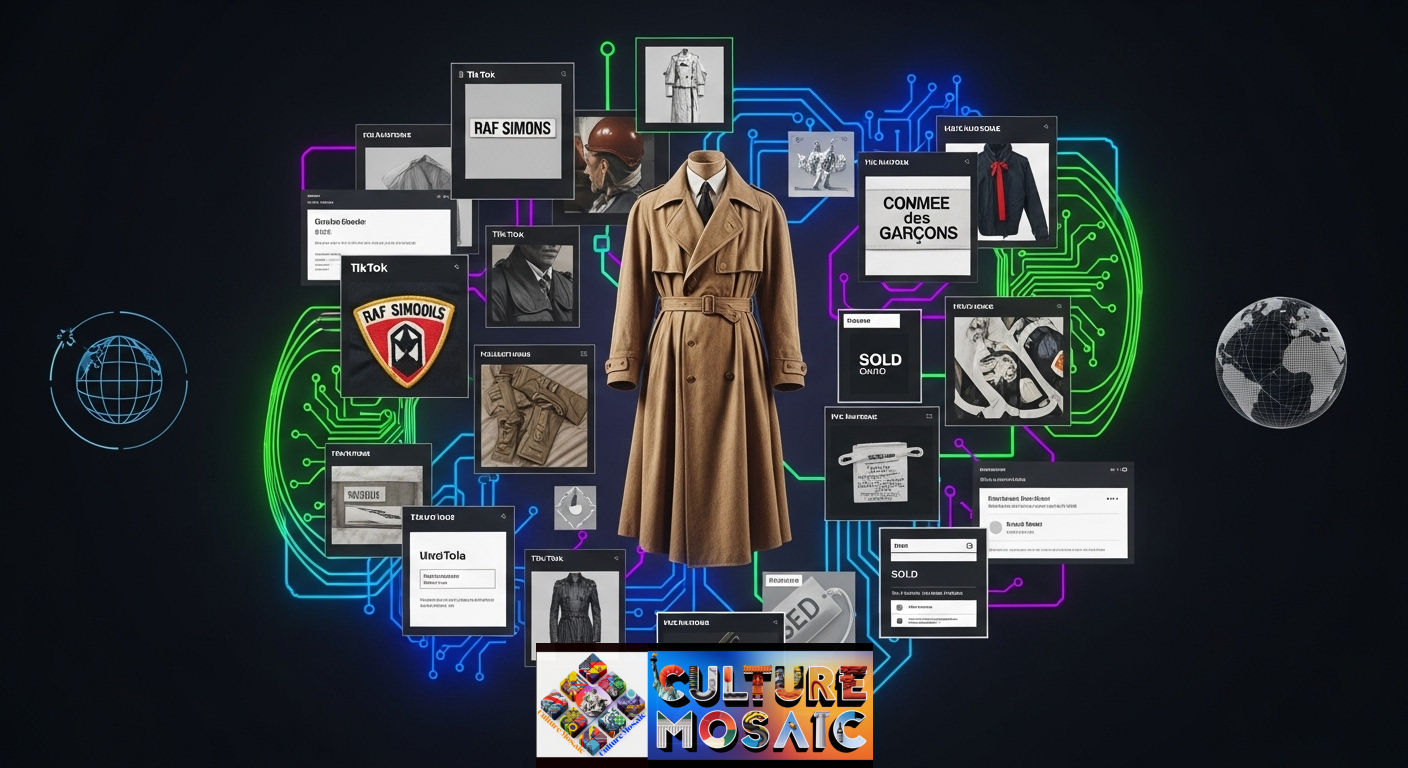
Archive fashion refers to rare, preserved pieces from past designer collections. These aren’t your grandmother’s hand-me-downs or random thrift store finds. Archive pieces are carefully curated garments from iconic fashion houses and groundbreaking designers, typically from runway shows or limited releases that defined specific moments in fashion history.
Think of a 1995 Helmut Lang jacket, a 2001 Raf Simons parka, or a 1990s Jean Paul Gaultier mesh top. These pieces were influential when they first appeared, and they’ve only grown more significant with time.
The term itself comes from the fashion industry’s practice of maintaining archives, physical collections where brands store samples and key pieces from every season. Now, collectors and fashion enthusiasts have created their own personal archives, treating clothing as both wearable art and cultural artifacts.
The Cultural Currency of Archive Fashion
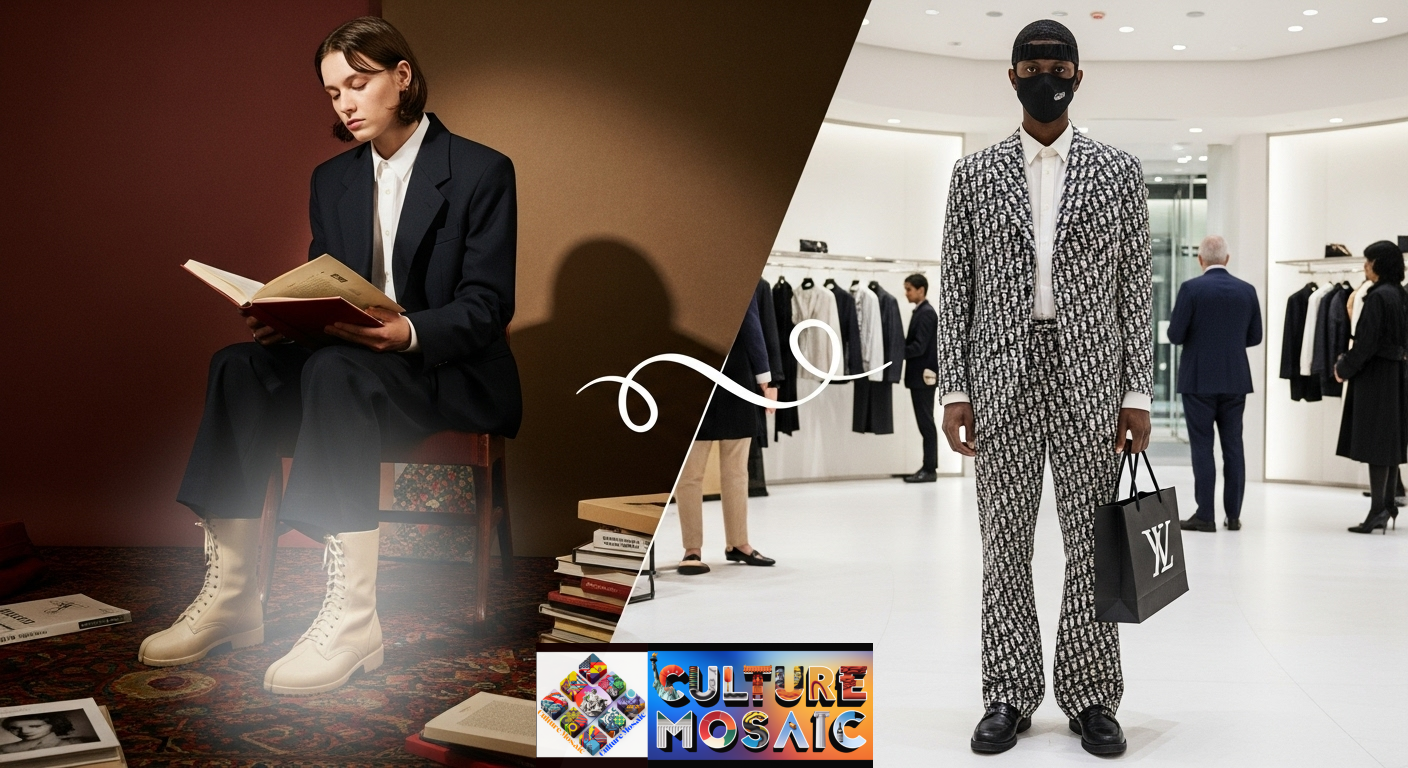
Here’s where things get interesting. In 2025, showing up to a party in a freshly purchased designer piece doesn’t carry the same weight it once did. But arriving in a rare 1999 Margiela Tabi boot or a 2003 Dior Homme blazer? That tells a different story.
Archive fashion signals something beyond wealth. It demonstrates knowledge, taste, and an understanding of fashion history. You can’t just walk into a store and buy these pieces. You need to know where to look, what to look for, and why it matters.
This shift reflects a broader change in how younger consumers, particularly Gen Z and millennials, view status. Authenticity and cultural literacy now trump simple conspicuous consumption. The person who can explain why a specific 2005 Hedi Slimane silhouette revolutionized menswear commands more respect than someone wearing this season’s logo-heavy release.
How Celebrities and Stylists Drive Archive Fashion Demand
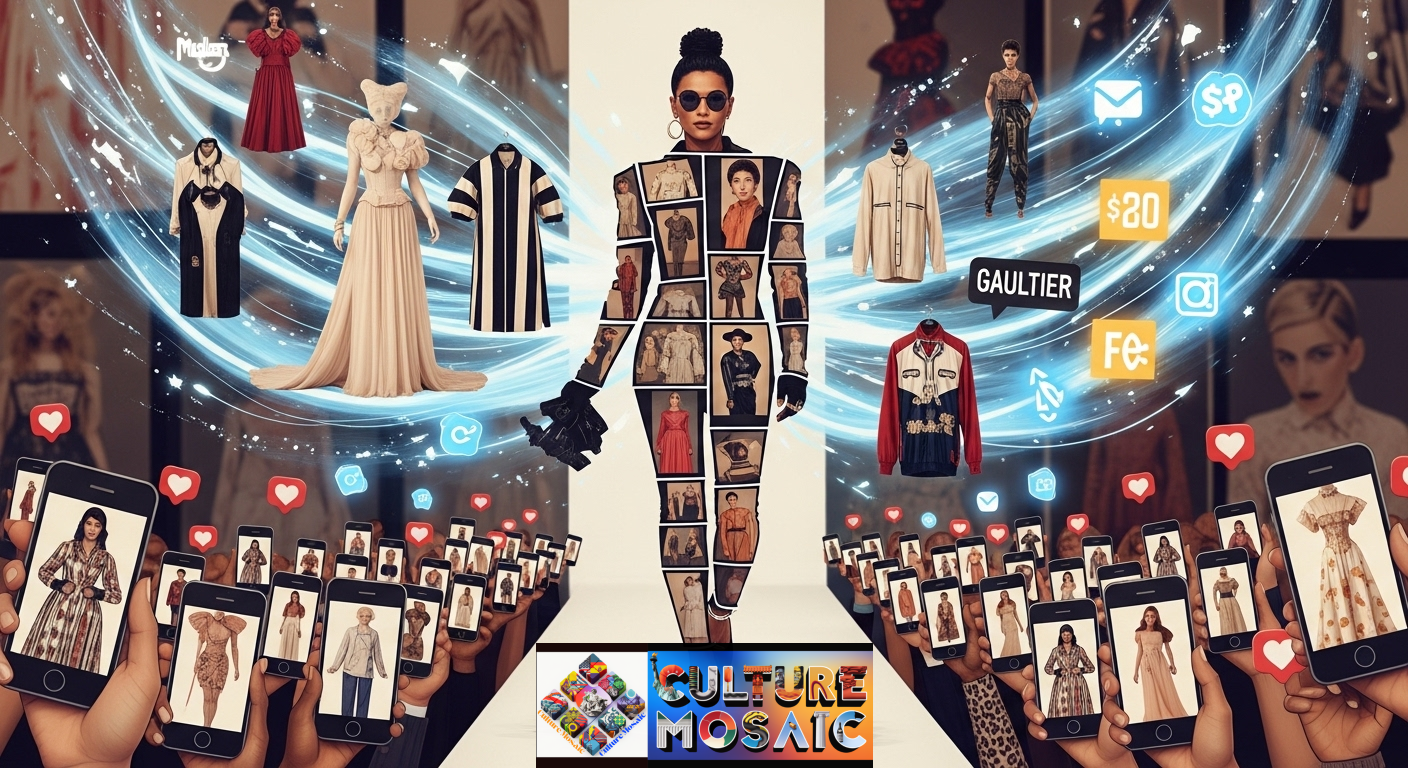
Celebrity stylist Law Roach didn’t just dress Zendaya in contemporary couture. He consistently pulled archive pieces that created viral fashion moments, each one sparking global conversations about specific designers and eras.
When Bella Hadid wore a vintage Mugler gown or when Rihanna appeared in an archived Gaultier, these weren’t random styling choices. They were calculated references to fashion history that resonated with audiences who grew up with internet access to decades of runway imagery.
TikTok and Instagram have democratized fashion knowledge in unprecedented ways. A 19-year-old in Ohio can now recognize a 1997 Prada bowling shirt or a 2004 Number (N)ine graphic tee because they’ve seen hundreds of images and videos discussing these pieces. This widespread fashion literacy has created genuine demand for archive pieces beyond traditional collector circles.
The viral nature of these moments drives real market impact. When a celebrity wears a specific archive piece, similar items from that designer and era see immediate price increases on resale platforms. Fashion has always been influenced by celebrity, but now the influence extends backward through time.
Archive Fashion as Sustainable Luxury
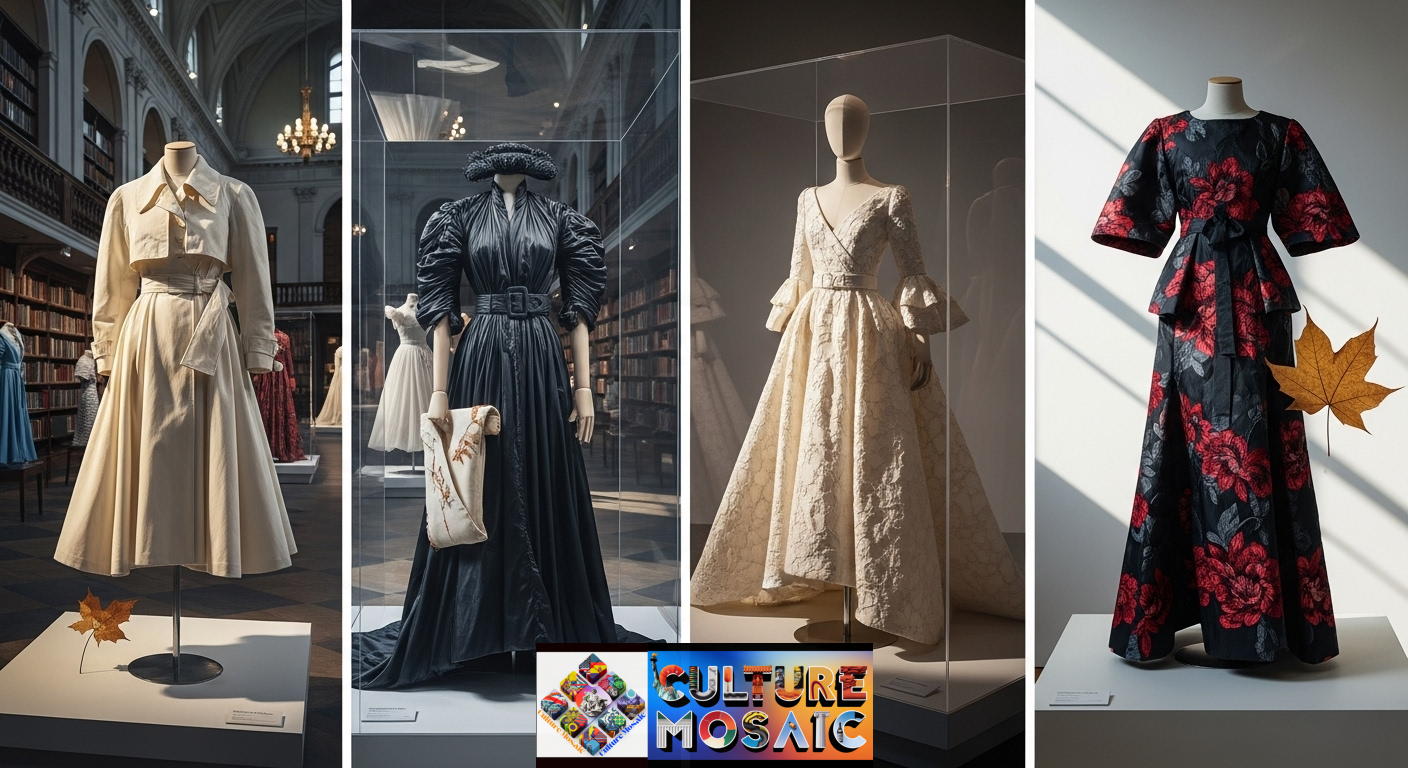
The sustainability angle isn’t just marketing spin. Archive fashion represents the most literal form of circular fashion possible. These garments already exist. Buying them creates zero new production, zero new resource extraction, and zero new manufacturing waste.
But here’s the crucial difference from typical sustainable fashion narratives: archive fashion doesn’t ask anyone to compromise on quality, design, or luxury. These are often the most exceptional garments ever produced by legendary designers at the peak of their creative powers.
A 1990s Martin Margiela coat was made with better materials and construction than most contemporary fashion. A 2000s Raf Simons piece represents a specific artistic vision that current mass production can’t replicate. You’re not choosing sustainability over style. You’re choosing both.
This flips the traditional sustainable fashion conversation. Instead of asking consumers to accept less, archive fashion offers more: better construction, unique design, historical significance, and environmental responsibility in a single package.
The Global Marketplace for Archive Fashion
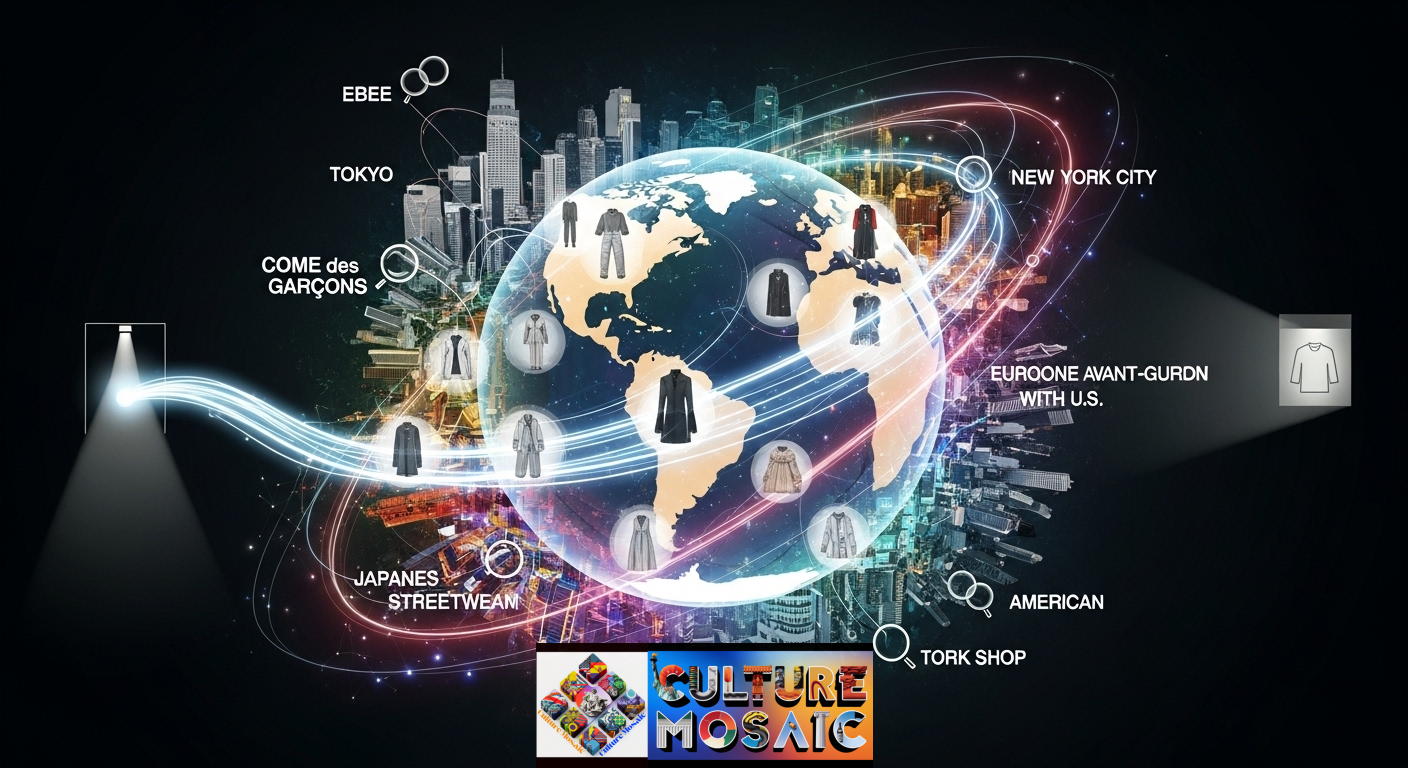
The infrastructure supporting archive fashion is genuinely global. Platforms like Grailed, Vestiaire Collective, and The RealReal connect sellers and buyers across continents. A rare Comme des Garçons piece from a Tokyo boutique can end up with a collector in New York within days.
This global marketplace reflects fashion’s international nature. Japanese streetwear brands like Undercover and Neighborhood command passionate followings in American cities. European avant-garde designers like Ann Demeulemeester and Dries Van Noten resonate with US consumers seeking alternatives to mainstream fashion.
The hunt itself has become part of the appeal. Finding a grail piece requires patience, research, and often international connections. Online communities share information about rare drops, authenticate pieces, and discuss the cultural context behind specific collections.
Physical archive shops have also emerged in major US cities, creating spaces where people can see and touch these pieces in person. These aren’t typical vintage stores. They’re curated spaces run by serious collectors who understand the historical and cultural significance of their inventory.
Key Designers and Eras Defining Archive Fashion
Certain designers and periods dominate archive fashion conversations, each representing specific aesthetic movements that continue to influence contemporary style.
Raf Simons redefined menswear in the early 2000s with his youth culture-inspired collections. His work from 2001 to 2005 remains highly sought after, representing a specific moment when high fashion embraced subcultural rebellion.
Helmut Lang created minimalist, forward-thinking designs throughout the 1990s that still look contemporary. His pre-2005 work, before selling his brand, represents pure creative vision without corporate compromise.
Martin Margiela pioneered deconstructionist fashion in the 1990s, creating pieces that challenged conventional ideas about luxury and beauty. His anonymous approach and conceptual designs created a cult following that persists today.
Jean Paul Gaultier brought irreverent, boundary-pushing designs to mainstream attention. His 1990s work, particularly his mesh tops and cone bras, defined an era and remains iconic.
Comme des Garçons under Rei Kawakubo consistently challenges fashion conventions. Her 1990s and 2000s collections represent some of the most avant-garde work in fashion history.
Japanese streetwear brands like Number (N)ine, Undercover, and WTAPS created a unique fusion of American cultural references and Japanese craftsmanship that deeply influenced global street style.
The Y2K and 90s Revival Connection
The current obsession with late 90s and early 2000s aesthetics isn’t random nostalgia. It reflects a generation discovering this era’s creative output through digital archives and social media.
TikTok videos dissect specific runway shows from 1998 or 2003, explaining their cultural context and influence. Instagram accounts dedicate themselves to documenting obscure designers and forgotten collections. This digital preservation has given new life to pieces that might have otherwise remained obscure.
The Y2K aesthetic particularly resonates because it represents the last pre-smartphone era, a time that feels simultaneously recent and distinctly different from our current moment. The optimistic futurism and experimental design of that period offer a refreshing contrast to today’s often conservative fashion landscape.
For younger consumers who didn’t experience these eras firsthand, archive fashion offers a tangible connection to cultural moments they’ve only encountered digitally. Wearing a piece from a 2001 runway show creates a physical link to fashion history.
The Investment Perspective on Archive Fashion
Beyond cultural and environmental considerations, archive fashion has proven to be a legitimate alternative investment category. Rare pieces from significant collections appreciate as fashion history solidifies and availability decreases.
A Raf Simons parka from his iconic 2001 “Riot Riot Riot” collection that originally retailed for around 800 dollars now regularly sells for 3,000 to 5,000 dollars or more in good condition. Early Martin Margiela pieces have seen similar appreciation.
This isn’t speculation. It’s driven by fundamental supply and demand. These pieces exist in finite quantities, often far smaller than people realize. As interest grows and items deteriorate or get lost, the remaining pieces become increasingly valuable.
Smart collectors approach archive fashion with the same mindset as art collecting: buying pieces they genuinely love while understanding their potential appreciation. This creates a virtuous cycle where personal enjoyment and financial prudence align.
How to Start Building Your Own Archive
Getting into archive fashion doesn’t require unlimited funds or industry connections. It requires research, patience, and a willingness to learn.
Start by identifying designers and eras that genuinely interest you. Don’t chase hype. Focus on aesthetics and ideas that resonate with your personal style. The most satisfying collections come from authentic interest, not trend-following.
Learn to authenticate pieces. Each designer has specific details, tags, and construction methods that help verify authenticity. Online communities are remarkably helpful for newcomers asking genuine questions.
Set up saved searches on major platforms for specific designers and pieces you’re hunting. Archive shopping requires patience. The right piece at the right price might take months to appear.
Consider the condition carefully. Some wear adds character to certain pieces, while other items need to be pristine to maintain value. Understand what condition issues you’re willing to accept for different types of garments.
Build relationships within the community. Archive fashion has a strong culture of knowledge-sharing and mutual support. People who demonstrate genuine interest and respect generally find others willing to help them learn.
The Future of Archive Fashion
Archive fashion represents more than a trend. It signals a fundamental shift in how people think about clothing value and fashion consumption.
As fast fashion’s environmental and ethical costs become impossible to ignore, alternatives that offer both sustainability and superior quality will only grow more appealing. Archive fashion provides this without requiring consumers to sacrifice style or status.
The infrastructure supporting archive fashion continues to expand. Better authentication technology, more sophisticated resale platforms, and growing mainstream acceptance all point toward continued growth.
Younger consumers, who’ve grown up with endless digital access to fashion history, have different relationships with clothing than previous generations. They value creativity, uniqueness, and cultural significance over newness and conformity. Archive fashion aligns perfectly with these values.
Fashion brands themselves are responding. Some have launched their own archive programs, recognizing both the cultural value and business opportunity. This legitimization will likely accelerate archive fashion’s mainstream acceptance.
The Global Threads Connection
Archive fashion embodies everything Global Threads represents. These pieces tell stories that cross borders and decades. A Japanese designer creating clothes in Tokyo influences a teenager in Los Angeles who discovers those pieces twenty years later through a global resale platform.
The garments themselves often reflect cultural exchange. Japanese designers reinterpreting American workwear. European designers are drawing from global subcultural movements. American brands are synthesizing international influences. Archive fashion preserves these cross-cultural conversations in physical form.
This global perspective challenges the provincial view of fashion as purely trend-driven consumption. Instead, it reveals fashion as an ongoing international dialogue about identity, creativity, and culture. Each archive piece represents a specific moment in that conversation, preserved for future interpretation.
Understanding archive fashion means understanding global fashion history. It requires looking beyond your immediate context to appreciate how different cultures and eras approached design, craftsmanship, and creative expression. This broader perspective enriches both your wardrobe and your understanding of fashion’s cultural role.
Frequently Asked Questions About Archive Fashion
What makes a piece qualify as archive fashion?
Archive fashion typically refers to pieces from past designer collections that hold cultural or historical significance. Not every old garment qualifies. Archive pieces usually come from recognized designers, represent influential moments in fashion history, and maintain relevance to contemporary style conversations. Generally, pieces should be at least 10-15 years old, though some recent collections from emerging designers can qualify if they demonstrate clear cultural impact.
Is archive fashion just expensive vintage clothing?
Not exactly. While archive fashion shares some characteristics with vintage clothing, the key difference lies in intentionality and cultural significance. Archive fashion specifically refers to designer pieces with documented fashion history and influence. Vintage clothing is a broader category that includes any older garments, regardless of designer or historical importance. Archive fashion collectors approach purchases with specific knowledge about designers, eras, and cultural context.
Where can Americans buy authentic archive fashion pieces?
Several reputable platforms specialize in archive fashion. Grailed and The RealReal offer broad selections with authentication services. Vestiaire Collective focuses on luxury pieces from European brands. SSENSe occasionally offers archive selections. Physical stores in major cities like New York, Los Angeles, and Miami also curate archive collections. Always verify the seller’s reputation and request detailed photos. Many collectors also find pieces through international platforms, though this requires more careful authentication.
How do I know if an archive piece is authentic?
Authentication requires research into specific designer details. Check tags, stitching, materials, and hardware against known authentic examples. Each designer has characteristic construction methods and labeling that counterfeiters often miss. Online communities dedicated to specific brands can help verify authenticity through photos. For expensive pieces, consider professional authentication services. Learning to authenticate takes time, so start with lower-priced items while developing your knowledge.
Can archive fashion work for everyday wear, or is it only for collectors?
Archive fashion absolutely works for everyday wear. Many collectors specifically buy pieces they intend to wear regularly rather than preserve unworn. The key is choosing pieces that fit your lifestyle and treating them appropriately. Some archive items are delicate and require careful handling, while others are remarkably durable. Many people build wardrobes mixing archive statement pieces with contemporary basics, creating unique personal styles that honor fashion history while remaining practical for daily life.

